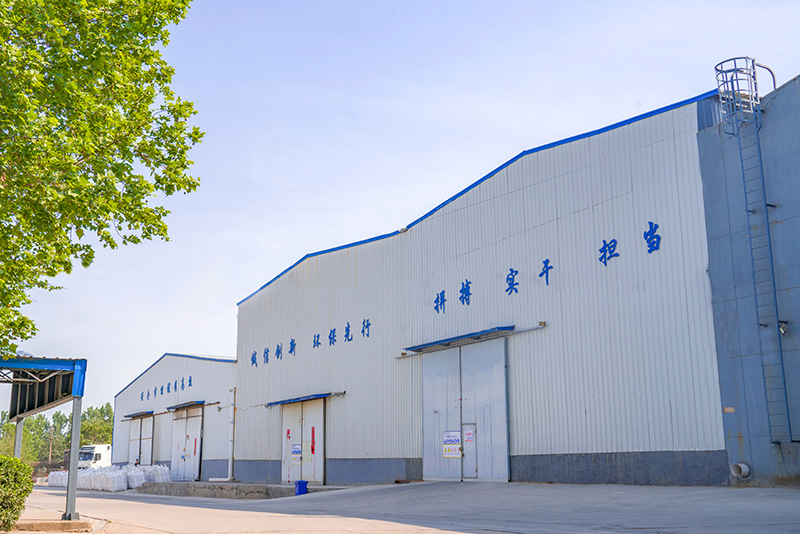The Evolution and Future of 3D Printing with Sand
In the rapidly evolving realm of additive manufacturing, 3D printing with sand has emerged as a groundbreaking application, transforming industries such as construction, aerospace, and art. This technology, which utilizes sand as a primary material, offers innovative solutions and unprecedented creative possibilities, allowing for the production of complex structures that were previously considered unattainable.
Sand 3D printing primarily involves a process known as binder jetting, where a liquid binder is selectively deposited onto layers of sand, solidifying the material in the desired shapes and forms. Unlike traditional methods of casting or molding, this technique eliminates the need for complex tooling and enables rapid prototyping, reducing both time and costs. As a result, designers and engineers can iterate on their ideas quickly, leading to faster innovation cycles.
The Evolution and Future of 3D Printing with Sand
In addition to sustainability, sand 3D printing offers the ability to create complex geometries that would be challenging or impossible to achieve through conventional methods. This capability is particularly valuable in industries like aerospace, where weight, strength, and aerodynamics are crucial. For example, intricate components can be designed with internal channels that improve airflow or reduce weight without compromising structural integrity. The ability to make these bespoke designs on demand allows companies to tailor solutions for specific applications.
3d printer sand

The artistic realm is also witnessing a transformation thanks to sand 3D printing. Artists and designers are leveraging this technology to create mesmerizing sculptures and installations that play with structure and form. The flexibility of 3D printing enables the exploration of abstract concepts, allowing artists to push the boundaries of traditional methods. Collaborations between artists and engineers have led to innovative designs that captivate audiences and redefine perceptions of art in the modern age.
Despite its myriad benefits, the adoption of sand 3D printing technology faces several challenges. One major hurdle is the initial cost of investment in 3D printing equipment, which may deter smaller businesses from entering the market. Additionally, while the technology has advanced significantly, there is still a learning curve associated with mastering the design software and print parameters. Ensuring quality and durability in printed objects also remains a crucial aspect that must be addressed through ongoing research and development.
Looking ahead, the future of 3D printing with sand is promising. As technology continues to improve, we can expect greater accessibility and cost-effectiveness, enabling wider adoption across various sectors. Researchers are exploring new binders and methods to enhance the mechanical properties of printed sand components, making them suitable for even more demanding applications.
Moreover, as industries increasingly embrace digital fabrication and automation, the integration of AI and machine learning into the design and printing process will facilitate even more sophisticated designs and optimizations. The potential to automate design adjustments based on real-time feedback could revolutionize the way products are created, leading to unprecedented efficiencies.
In conclusion, 3D printing with sand represents a significant leap forward in additive manufacturing, offering sustainable, innovative, and artistic solutions across a range of industries. As technology continues to advance, it holds the potential not only to reshape our physical environments but also to foster a new renaissance in design and creativity. Embracing this technology may well be the key to unlocking a future where our imaginative capabilities meet our environmental responsibilities.
Post time:nov . 06, 2024 03:25
Next:sanding ceramic
